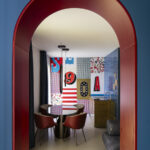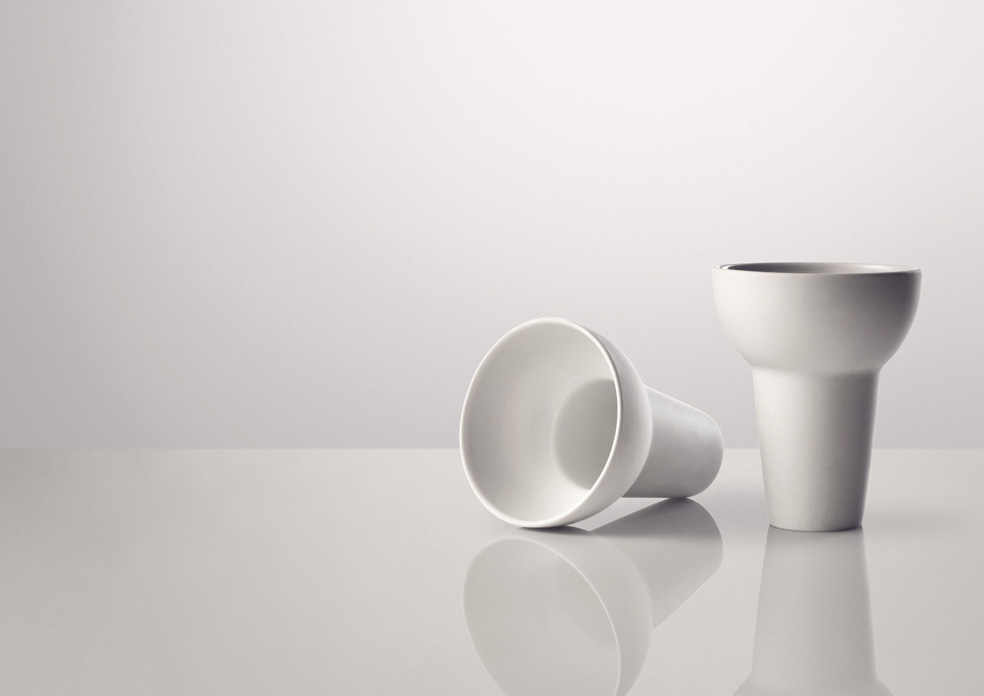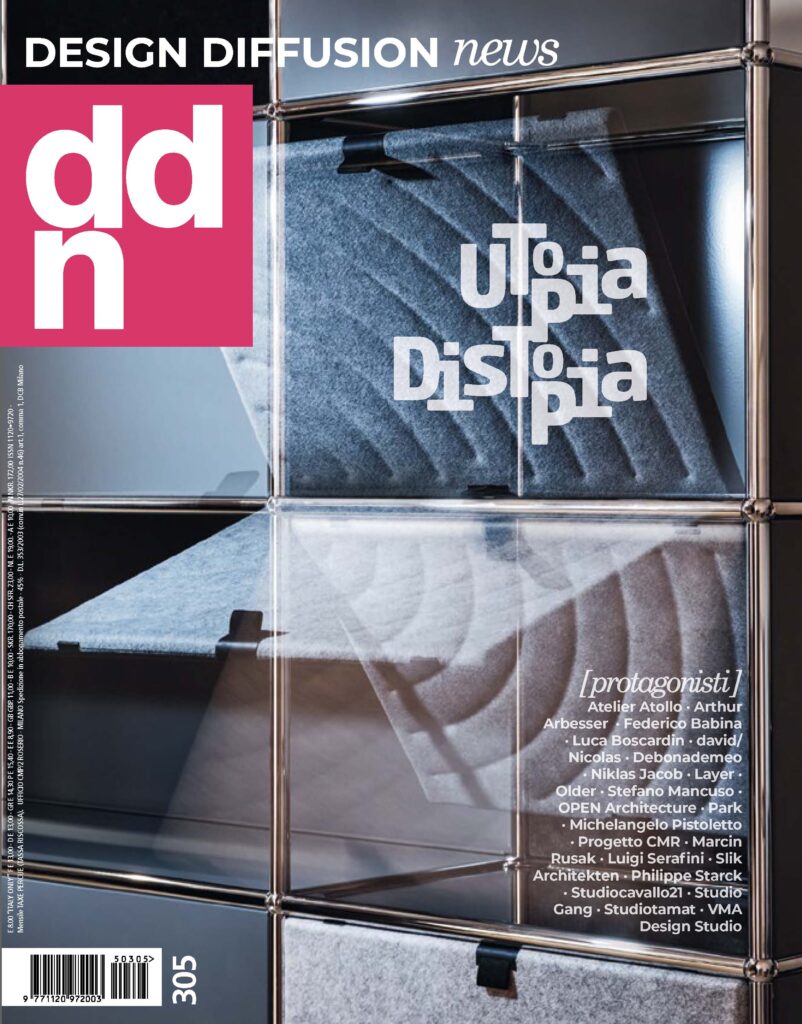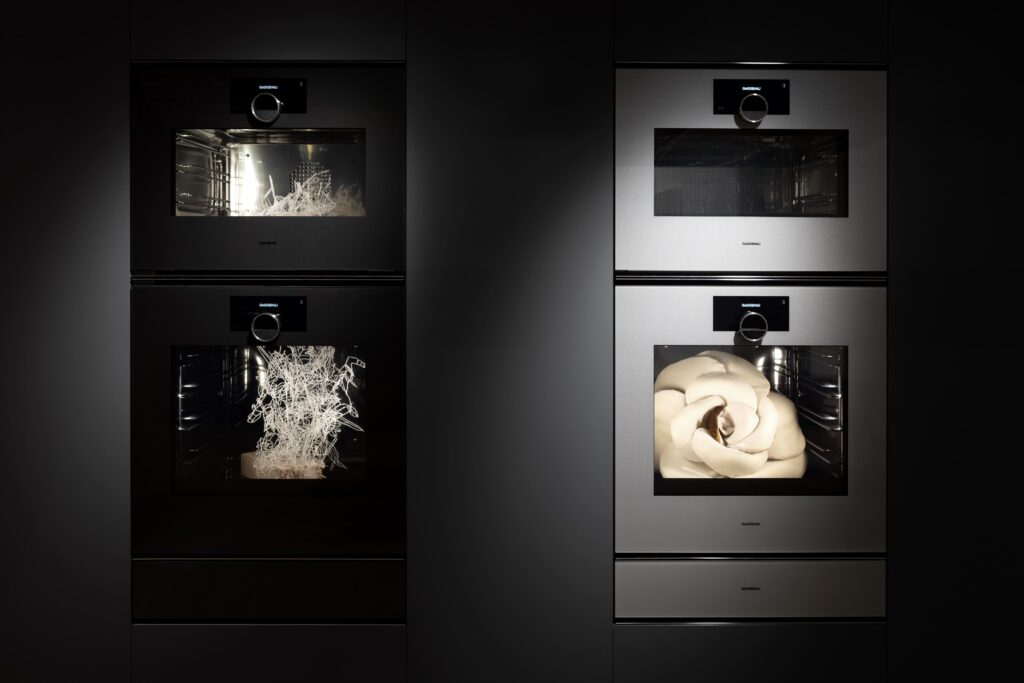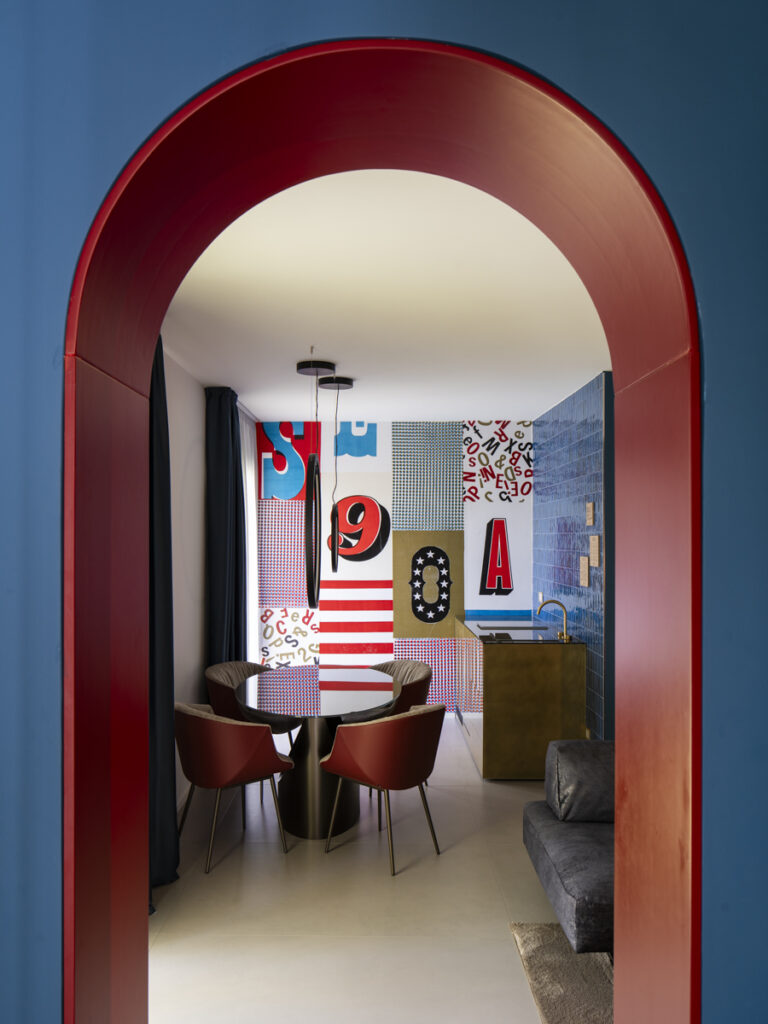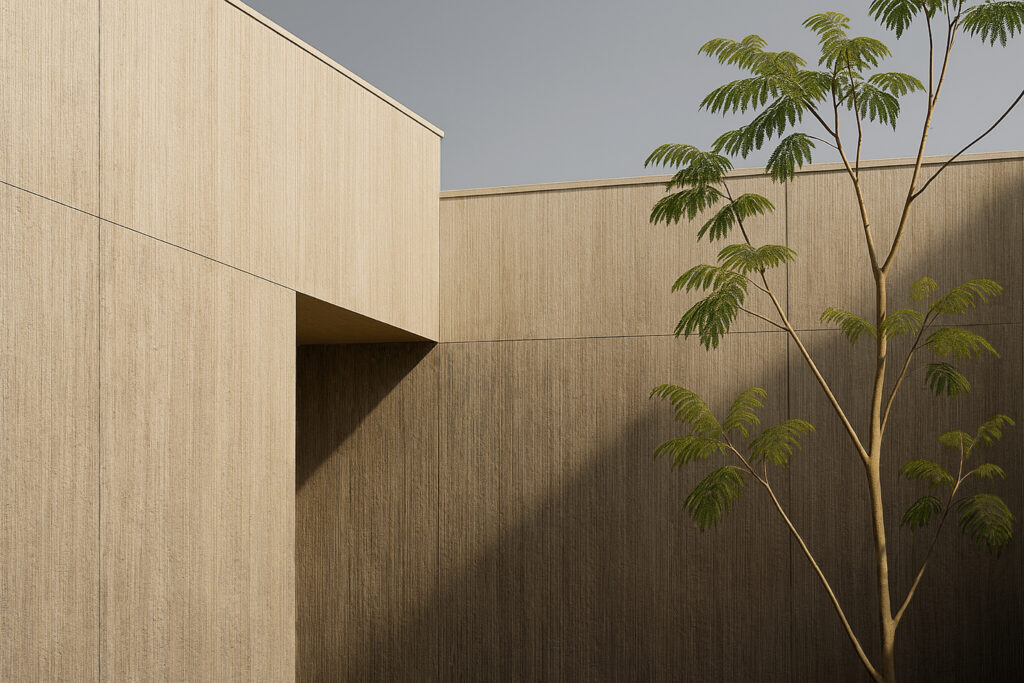On the occasion of the Kaj Franck Design Prize 2020, Ilkka Suppanen tells us something about himself
Ilkka Suppanen, one of the best-known Finnish designers in the world, has won the Kaj Franck Design Prize 2020, established in Finland in 1992 by the Design Forum Finland in Helsinki, named after designer Kaj Franck (1911-1989). Suppanen, who has been based in Milan for several years now, has had his own design studio since the mid-1990s and has designed several products currently on display at MoMA, New York. Suppanen works with many Italian companies, and we asked him to describe his approach to Italian design and companies.
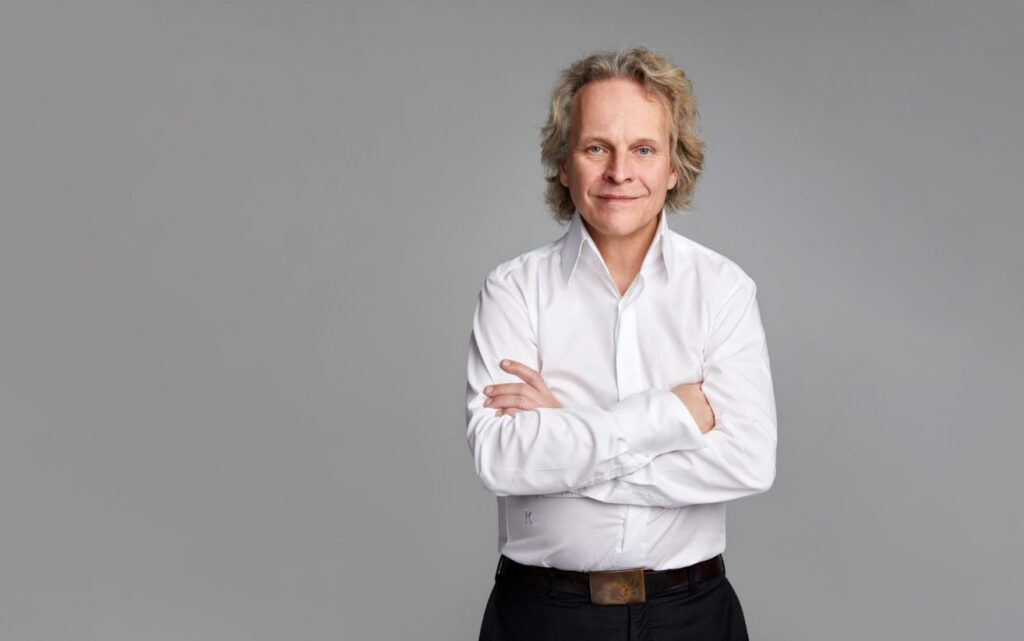
What does winning the Kaj Franck Prize mean to you?
Winning a Finnish design award is great. It is a great honor for me to be among the designers who have received this award.

Has your design approach changed over the years?
Yes, over the years I have started to achieve a better understanding of the complexity of problems. Over time, as you gain experience, designing becomes more difficult because you can see complexity better. When you are young and less experienced, it is easier to make decisions without thinking too much. My career as a designer began 25 years ago and since then the world has changed a lot. As a result, my projects have changed a lot too.
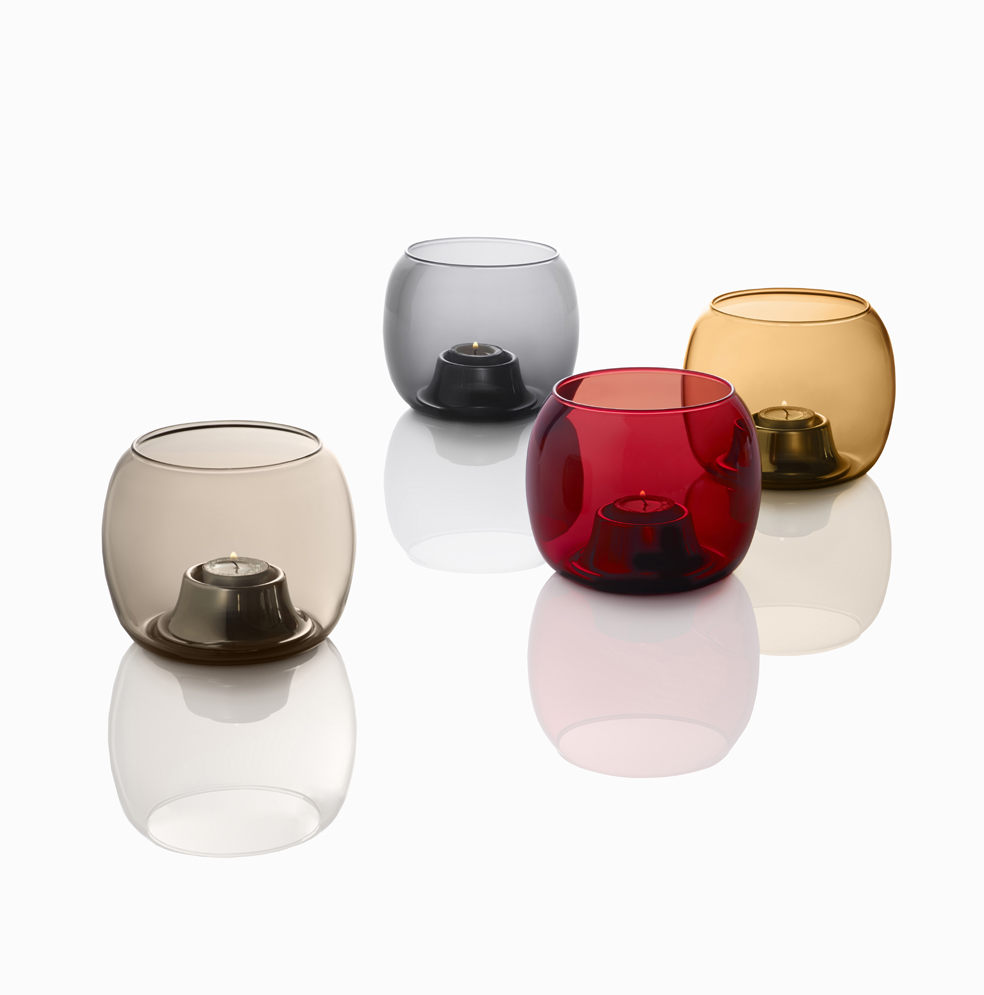
What influence have the great masters of Finnish design and Scandinavian traditions had on your work? Are there any works, designers or architects that particularly inspired you?
I have always admired the Finnish and Scandinavian design tradition, but I do not know how much they have influenced me. Of course, growing up surrounded by Scandinavian spaces and objects was a guide to my training. However, now I think that also Italian design has influenced my own design. I learned about the history of Italian design and architecture, dating back over 1,000 years ago, while Scandinavian design, despite its long and strong tradition, is far more recent. I like many architects and designers; it is difficult to tell who inspired me the most. Great sources of inspiration are Mies van der Rohe and Carlo Scarpa, or Anselm Kiefer’s art.
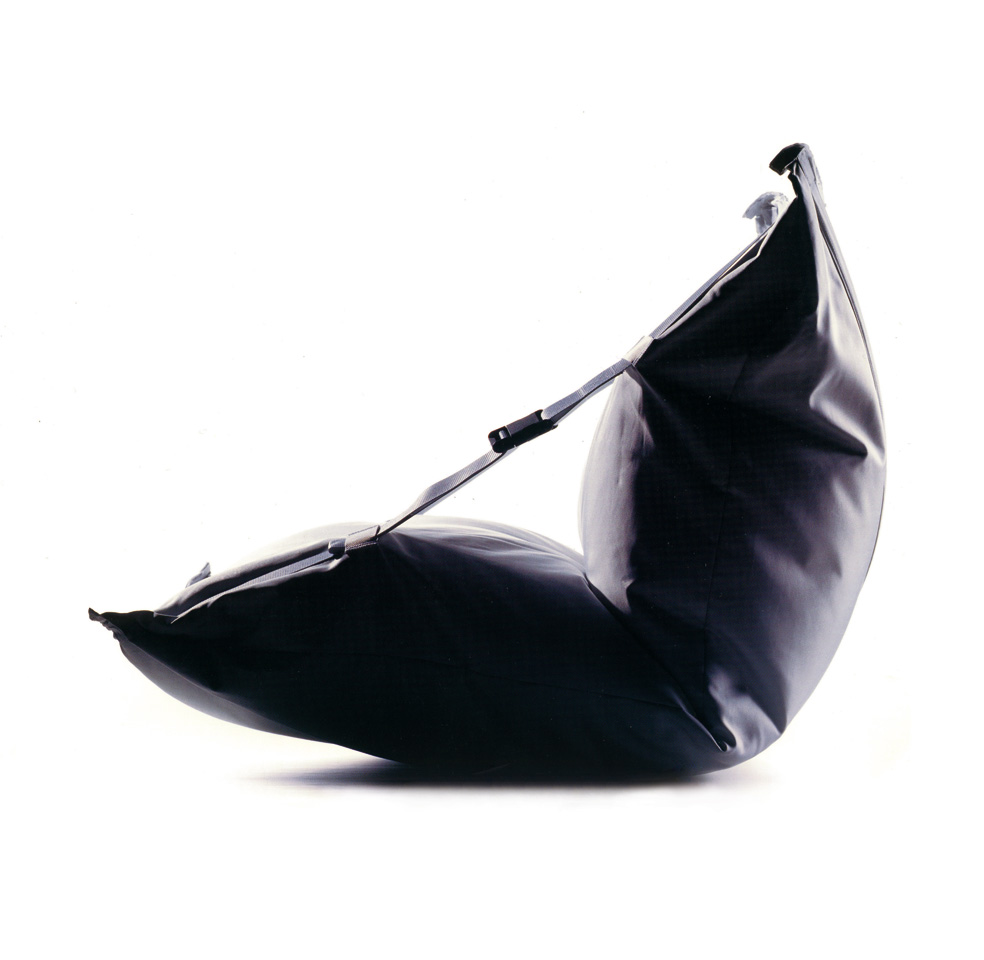
During your long career, you have worked in design and art, designing furniture, lamps and glass objects. Is there a common thread that connects all your works?
The only common thread is me: I adapt and change my approach for each project.
What’s the source of inspiration for your projects?
Basically, people inspire me: what they do, how they behave. In a way, you could say that life itself is a source of inspiration. Moreover, over the years, I feel increasingly responsible as a designer. In the end, what really matters in design and architecture is not the source of inspiration; what matters the most is the responsibility to the world.
Read also Finland at the Milan Design Week 2019

Among your clients are many international and Finnish companies, and in particular there are 12 Italian companies. When did you start collaborating with Italian companies? What do you like about Italian companies?
I have been working with Italian companies since 1997, with Cappellini. The Italian companies I have worked with are very different from one another, both in type and size. However, they share the same enthusiasm, curiosity, passion for design, and the people who manage them love design and have strong basic knowledge. Moreover, they are often family businesses, and this is another aspect that really fascinates me. Working with Italian companies for me is a dream come true, more than working with Finnish companies. However, I have worked with excellent Finnish companies as well, such as Iittala, Vivero, Woodnotes.
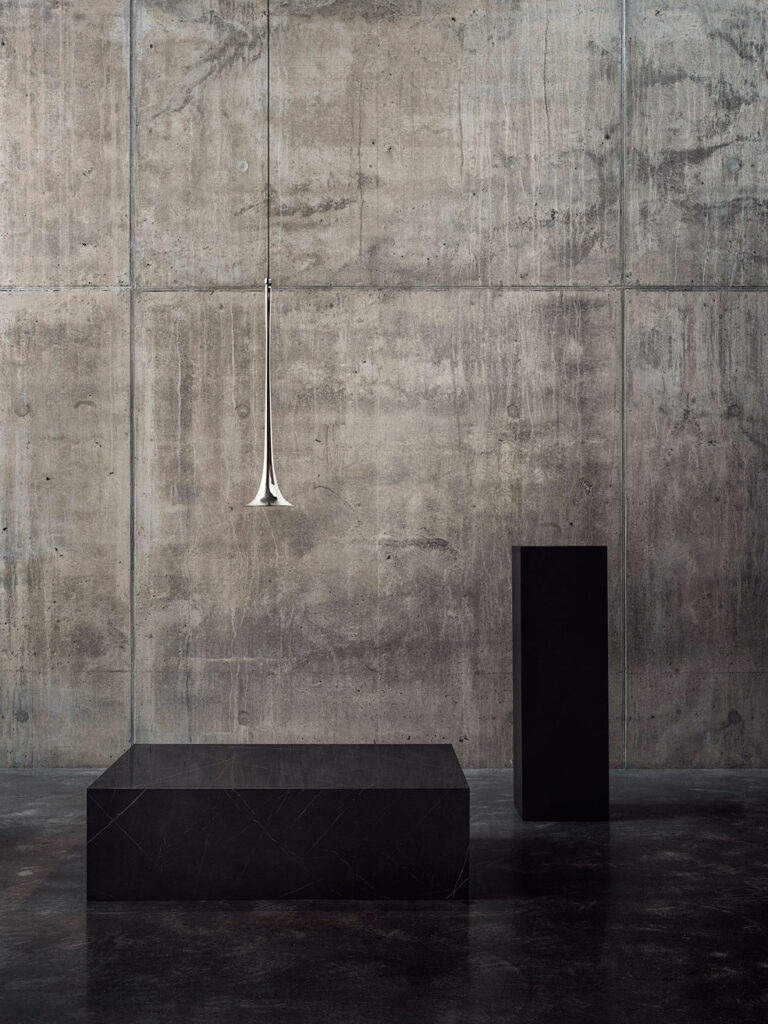
Why did you decide to open a studio in Milan? How do you feel in Italy? What are the differences between Italy and Finland?
I settled in Milan out of love for an Italian woman, and I really like living and working in Italy. Actually, Italian and Finnish cultures are complementary: in Italy, I have what I don’t have in Finland, and, in Finland, I have what I don’t have in Italy. There are some cultural differences between the two countries, some of which are obvious, such as the fact that one is a Mediterranean country and the other Scandinavian. Then, Italy is Catholic, Finland is Protestant. Or again, one places the individual at the center, the other the family. All these aspects make the two cultures complementary.
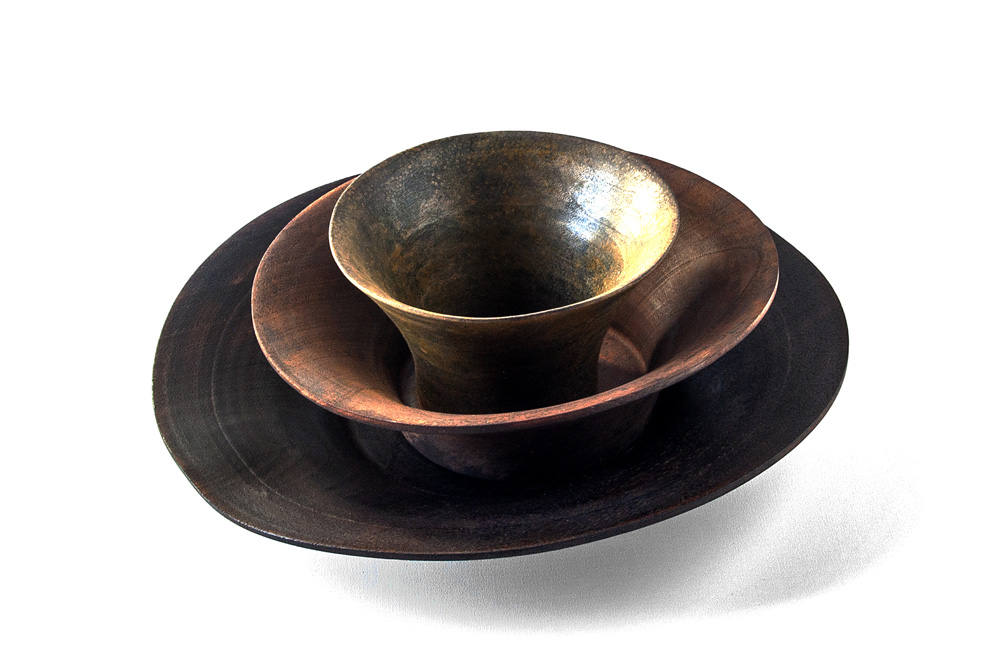
What aspects of your design and of Scandinavian design in general do you think the Italian market likes?
I think that at first they thought I was a woman because my name in Italy could be mistaken for a female name. Apart from that, I think Ikea paved the way for the internationalization of Scandinavian design, making it a mainstreamer in international design. Personally, I think that the best Scandinavian design is Jasper Morrison’s.
Read also Finland at Venice Biennale 2018
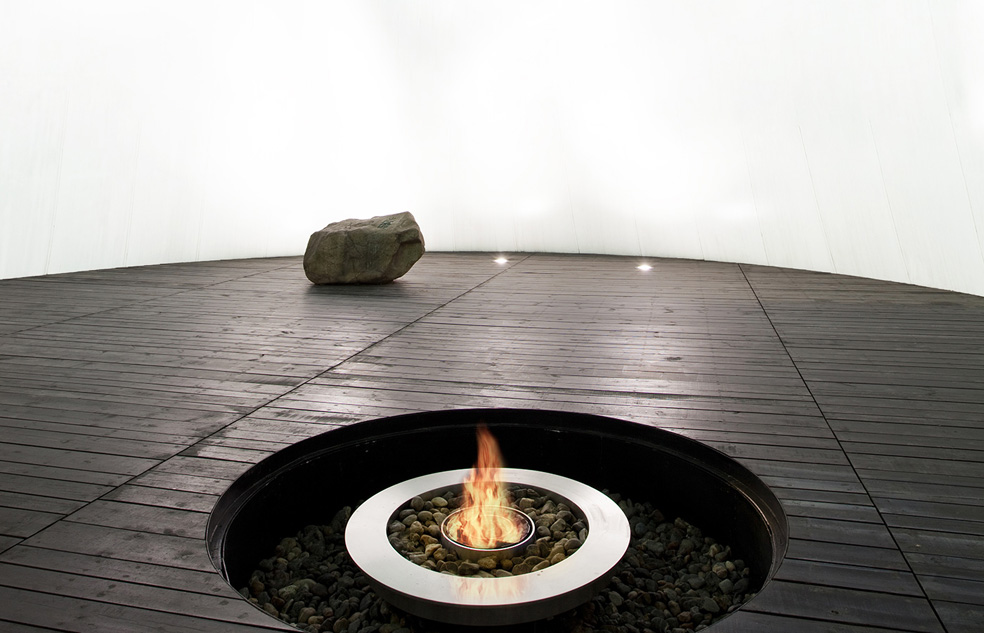
The Covid-19 health emergency
Do you think that the crisis caused by Covid-19 will have an effect on designers’ work or design products in general?
I do not know if it will directly affect products. But we are currently thinking about how to maintain physical distancing in the office while maintaining social proximity.
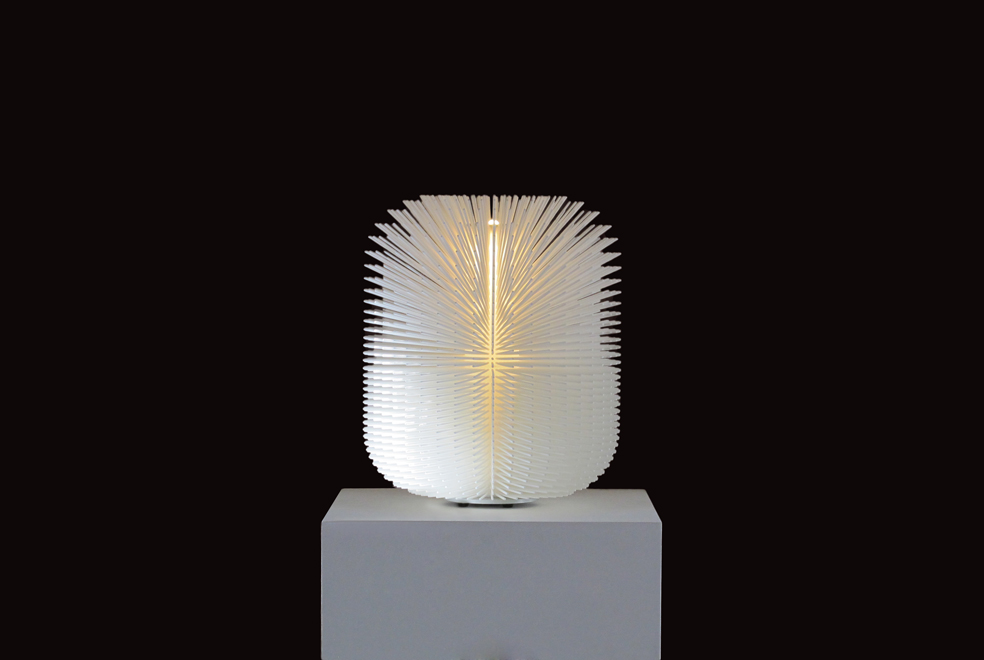
Do you have any design proposals for the crisis?
I don’t think it’s that simple. I think we should all take some time to understand what Covid-19 is and what the consequences of this health emergency, which will lead to a serious economic crisis, will be . When we understand what is going to happen, we will be able to design for the post-Covid-19 future.
What’s the role of design in this crisis, in your opinion?
Our role now is not easy. I hope that designers do not look naïve and that they become the real driving force for innovation and change in a “new world” after Covid-19. [Txt Arianna Callocchia]


